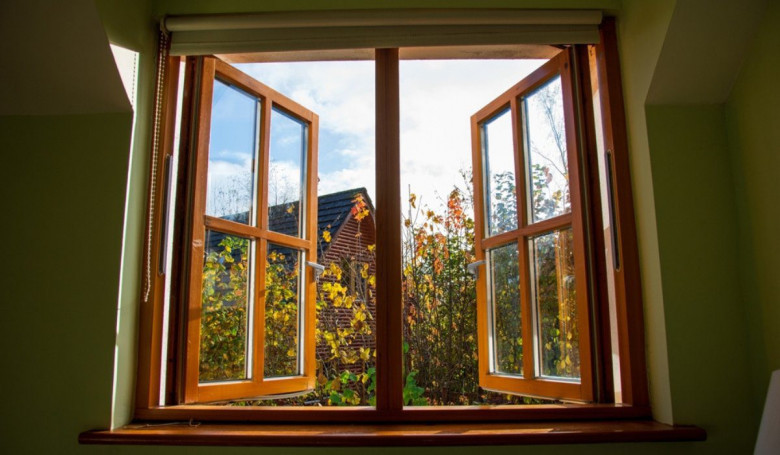views

Windows in Modern Architecture: Where Design Meets Smart Innovation
Windows have always played a crucial role in architecture, not only as a practical means of ventilation and lighting but also as essential elements of design, energy efficiency, and comfort. From medieval castles to futuristic skyscrapers, the evolution of the window reflects changing tastes, materials, and technologies.
Traditionally, windows were limited in size and functionality due to constraints in materials and construction methods. Over time, advancements in glass production, framing systems, and engineering allowed for larger, stronger, and more aesthetically pleasing window designs. Today, windows are not just passive structures; they are dynamic, interactive components of smart and sustainable buildings.
One of the most significant trends in recent architecture is the integration of smart window systems. These are windows that adapt to environmental conditions—automatically tinting to reduce glare, blocking UV rays, or adjusting opacity for privacy. This level of automation and intelligence is made possible through sophisticated software and IoT integration.
Companies like Hexadecimal Software are playing a pivotal role in this transformation. Their expertise in embedded systems, sensor integration, and custom software development is helping the construction and smart-home industries create window systems that are not only functional but responsive and efficient. By enabling smart control panels, remote monitoring, and data analytics, Hexadecimal Software empowers buildings to become more energy-efficient and user-friendly.
Modern window systems can now be connected to centralized smart home platforms, allowing users to control window blinds, glass tint, or open/close functions via smartphone apps or voice commands. For commercial spaces, these systems can be programmed to adapt automatically based on time of day, occupancy, or weather conditions—significantly reducing energy consumption and enhancing comfort.
The software powering these features must be robust, secure, and user-centric. That’s where custom development from firms like Hexadecimal Software becomes essential. They design solutions that integrate seamlessly with other building systems such as lighting, HVAC, and security, ensuring a unified and efficient user experience.
Additionally, the role of windows in sustainability is increasingly important. Smart window systems can help reduce heating and cooling loads, minimize reliance on artificial lighting, and even generate energy through embedded photovoltaic elements. The ability to monitor and manage these features in real time requires advanced data processing and intuitive user interfaces—another area where Hexadecimal Software provides valuable contributions.
In high-tech architecture, windows are no longer just transparent panels—they are interactive surfaces that can display information, enhance security, and adapt to the user’s needs. Whether it’s a smart glass facade in a corporate building or an automated skylight in a residential home, the possibilities are expanding rapidly thanks to innovation in both materials and software.
In conclusion, the future of windows lies at the intersection of design and digital intelligence. As demand grows for smarter, greener, and more integrated living and working spaces, software-driven solutions from companies like Hexadecimal Software are leading the way in transforming traditional windows into intelligent architectural assets.



Comments
0 comment